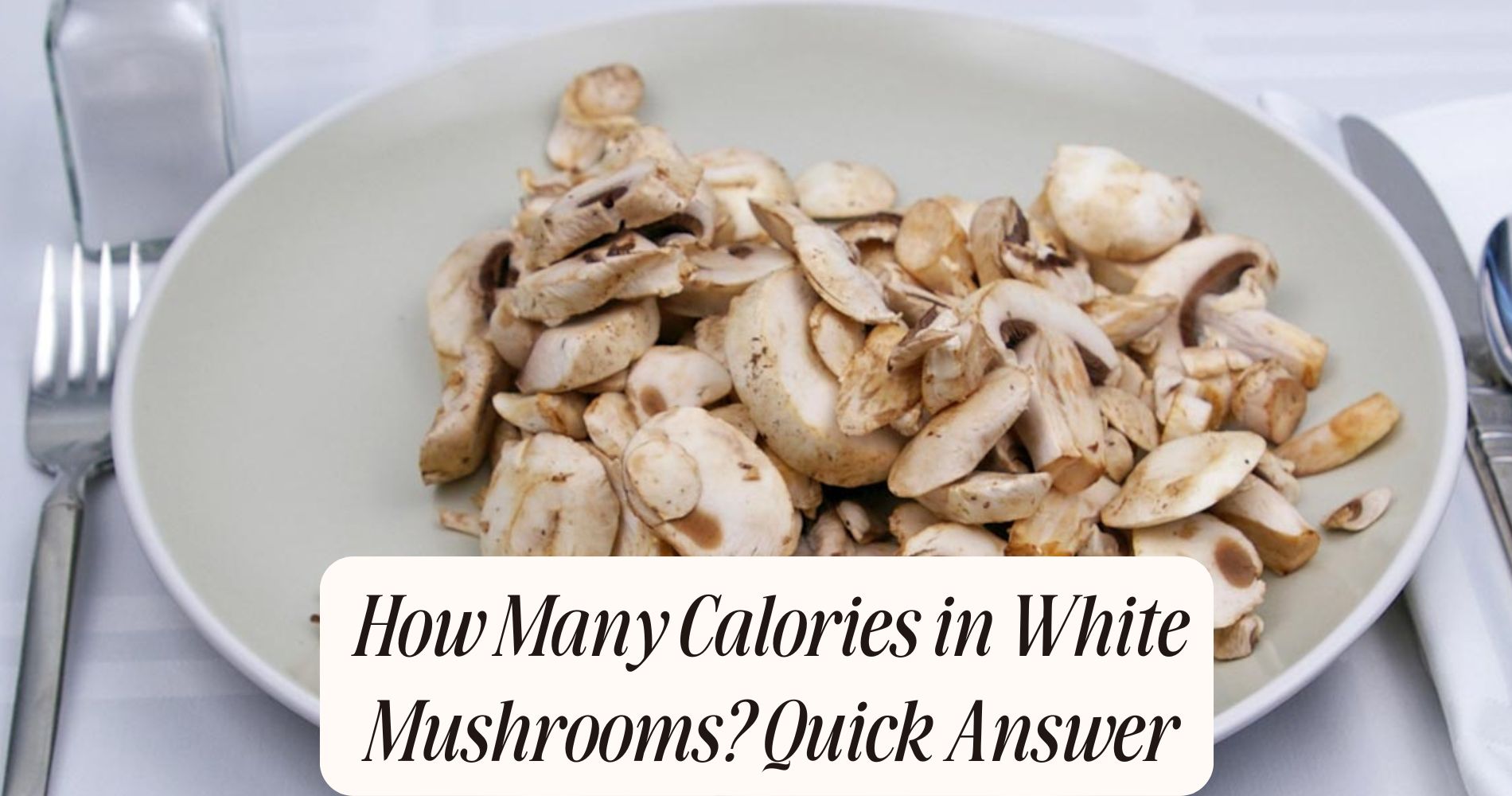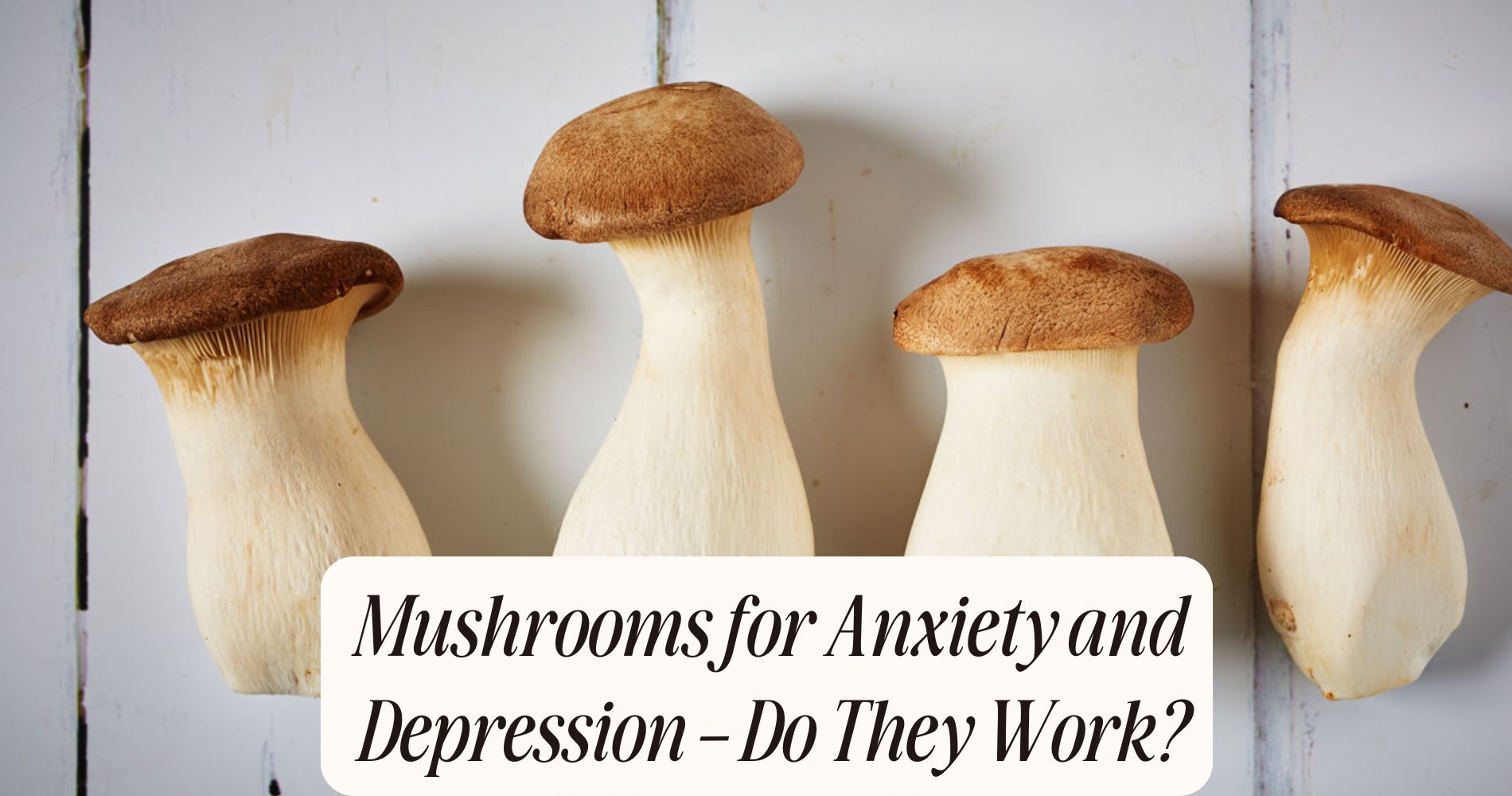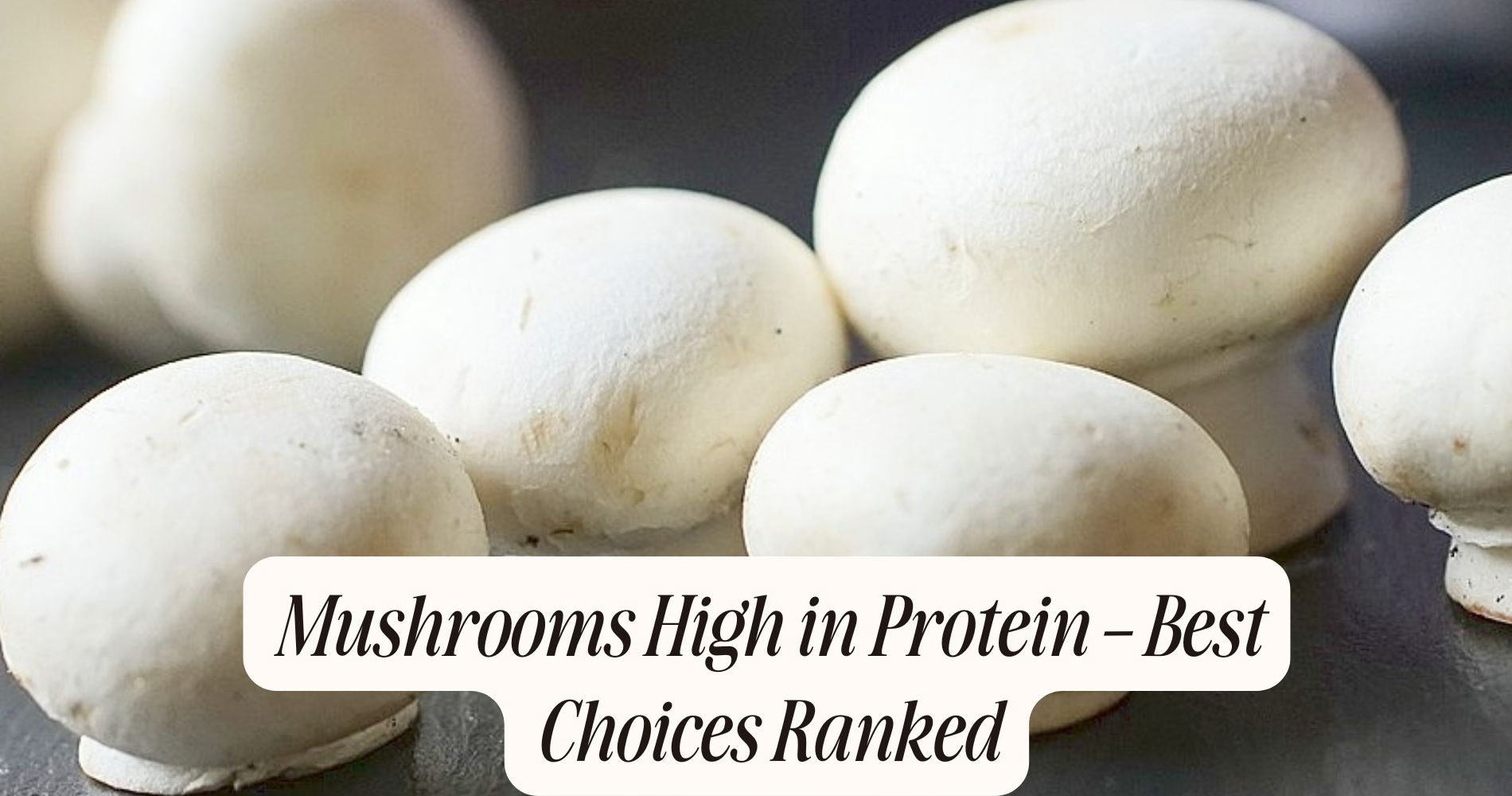
How Many Calories in White Mushrooms? Quick Answer
How many calories in white mushrooms? You’ll get just 15 calories in a raw, 1-cup serving (about 70 grams) of white mushrooms, making them one of the best low-calorie, nutrient-rich foods you can add to your meals. They’re packed with B vitamins, fiber, and minerals like selenium and copper. Compared to other mushrooms, white ones are among the lowest in calories. Just remember, cooking with oils or sauces bumps up the count. Want insights on other health perks or easy ways to enjoy them?
Calorie Content of Raw White Mushrooms
When you’re tracking your calorie intake, white mushrooms make an excellent low-calorie choice. A one-cup serving of raw white mushrooms (about 70 grams) contains just 15 calories, according to the USDA. This makes them ideal if you’re seeking foods that fill you up without adding excess energy.
Thanks to advances in mushroom cultivation, white mushrooms are widely available and consistently low in calories, regardless of where they’re grown.

You’ll also notice that white mushrooms have mild, adaptable flavor profiles, allowing you to use them in various dishes without overpowering other ingredients. Their subtle taste and low caloric content let you enjoy larger portions or use them as a calorie-friendly substitute for higher-calorie foods.
To conclude, white mushrooms are a smart, low-calorie option.
Nutritional Profile Beyond Calories
Although white mushrooms are celebrated for their low calorie count, their nutritional value extends well beyond that. You'll find that white mushrooms provide a solid dose of essential nutrients like B vitamins (riboflavin, niacin, pantothenic acid) and minerals such as selenium, copper, and potassium.
They’re also a source of white mushroom fiber, which supports digestion and helps maintain steady blood sugar levels. In addition, mushroom antioxidants—such as ergothioneine and glutathione—play a role in protecting your cells from oxidative stress.
These compounds may help support immune function and reduce inflammation. Including white mushrooms in your diet means you’re not just keeping calories low; you’re also boosting your intake of crucial micronutrients and health-promoting antioxidants for overall well-being.
Calorie Comparison: White Mushrooms vs. Other Mushrooms
If you're comparing calorie counts across mushroom varieties, white mushrooms consistently rank among the lowest. You'll find that a 100-gram serving of raw white mushrooms contains about 22 calories.
In contrast, cremini mushrooms have roughly 25 calories, while portobello mushrooms come in at around 29 calories per 100 grams.
Shiitake mushrooms, often sought for their unique flavor variations, contain about 34 calories per 100 grams.
These differences can be traced to mushroom cultivation methods and water content, which influence both texture and nutrient density.

While the calorie gap may seem small, it becomes significant if you’re tracking intake or using mushrooms as a low-calorie ingredient.
Understanding these distinctions lets you choose the right mushroom to match your dietary goals and preferred flavors.
Serving Size and Calorie Breakdown
After comparing the calorie content among mushroom varieties, it's helpful to understand exactly how serving size affects your intake. A standard serving of raw white mushrooms is about one cup, or roughly 70 grams. This portion contains just 15 calories, making it an exceptionally low-calorie choice.
Because of advances in mushroom cultivation, you can reliably find white mushrooms with consistent sizes and textures, making portion control straightforward.
You’ll notice white mushrooms have a mild, adaptable flavor profile, so you can add them to many dishes without impacting overall calorie counts much. If you sauté or cook mushrooms with oils or sauces, remember these additions will increase your calorie intake.
Always measure your ingredients for accuracy, especially if you’re tracking your calories closely for diet or health reasons.
Health Benefits of Adding White Mushrooms
While white mushrooms are low in calories, they pack a surprising nutrient punch that supports overall health. When you add them to your meals, you’re getting a good source of B vitamins, selenium, potassium, and antioxidants—nutrients that help regulate energy, protect cells, and support your immune system.
Thanks to modern mushroom cultivation techniques, these nutrients remain consistent and reliable in the mushrooms you find at the store.

White mushrooms also contain beta-glucans, which research links to improved immune responses. Their unique mushroom flavor profiles make them a satisfying addition to many dishes, potentially helping you eat more vegetables overall.
Plus, their fiber content supports digestive health and helps you feel full. Including white mushrooms in your diet is a simple, evidence-based way to boost your nutrient intake.
Cooking Methods and Their Impact on Calories
Although white mushrooms themselves are low in calories—about 15 calories per cup raw—the way you cook them can substantially alter their calorie content. When you sauté mushrooms in oil or butter, you’ll add significant calories depending on how much fat you use. For example, one tablespoon of olive oil adds about 120 calories.
Roasting or grilling mushrooms with minimal oil maintains their low-calorie profile while enhancing flavor. Boiling or steaming mushrooms preserves nutrients and doesn’t increase calorie content, making these methods ideal for calorie control and mushroom preservation.
Be cautious with breading or deep-frying, as these techniques dramatically increase calorie density. For the best nutrition and cooking flavor enhancement, choose methods that use little added fat and retain the mushrooms’ natural moisture and texture.
Easy Ways to Include White Mushrooms in Your Meals
Because white mushrooms are versatile and nutrient-dense, you can easily add them to a variety of meals to boost fiber, B vitamins, and antioxidants without adding many calories. Thanks to advances in mushroom cultivation, fresh white mushrooms are widely available year-round, making them a practical staple for healthy eating.

Slice them raw for salads, toss into omelets, or sauté with olive oil as a simple side. White mushrooms pair well with lean proteins, whole grains, and dark leafy greens, supporting diverse culinary pairings.
Add them to pasta dishes, soups, or stir-fries to increase volume and nutrients while keeping calories low. Their mild flavor and firm texture blend seamlessly with both plant-based and meat-based recipes, maximizing nutrition and meal satisfaction with minimal effort.
Low-Calorie, High-Function: SUPER MUSHROOM GUMMIES
Wondering how many calories in white mushrooms while keeping your diet on track? Take it a step further with Well Gummies' SUPER MUSHROOM GUMMIES—a delicious, low-calorie way to experience the benefits of 10 functional mushrooms in one easy chew. These vegan gummies support brain health, immune strength, and natural energy without added sugar or cooking prep. With a fresh wild berry taste and no jitters or crash, they’re as enjoyable as your favorite candy and fit seamlessly into any wellness routine. Elevate your day the smart, tasty way with Well Gummies!
Frequently Asked Questions
Can People With Mushroom Allergies Eat White Mushrooms Safely?
If you have mushroom allergies, you shouldn't eat white mushrooms, as they can trigger mushroom allergy symptoms like hives or breathing issues. Instead, try alternative edible fungi, such as shiitake or oyster mushrooms, after consulting your doctor.
Are White Mushrooms Considered a Low-Carb Food?
You'll find white mushrooms are a low-carb food, providing about 2 grams of net carbs per cup. No matter your cooking methods, you'll benefit from their fiber and B vitamins, making them a nutrient-rich addition.
How Should White Mushrooms Be Stored to Keep Them Fresh?
To maximize mushroom preservation, store white mushrooms in their original packaging or a paper bag in the fridge. Avoid airtight containers, as they trap moisture. These storage tips help maintain nutrients and extend freshness for several days.
Can White Mushrooms Cause Digestive Issues?
You might experience gastrointestinal symptoms like bloating or gas from white mushrooms, especially if you eat them raw or in large amounts. However, they're generally safe unless contaminated or misidentified, which could lead to mushroom poisoning.
Are White Mushrooms Safe to Eat Raw?
You can safely eat white mushrooms raw, enjoying their nutritional benefits like B vitamins and antioxidants. They're low-calorie and versatile for many culinary uses, from salads to wraps. However, wash them thoroughly to reduce potential contaminants.
Conclusion
White mushrooms are a low-calorie, nutrient-dense food you can easily add to your meals. With about 15 calories per cup (raw and sliced), they provide important nutrients like B vitamins, potassium, and antioxidants without adding much to your daily calorie intake. Compared to other mushrooms, their calorie count is similar, making them a smart, healthy choice. Try different cooking methods or toss them into salads, stir-fries, and omelets to boost your nutrition with minimal calories.




